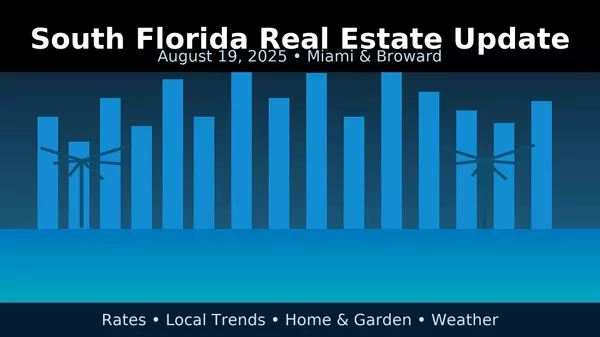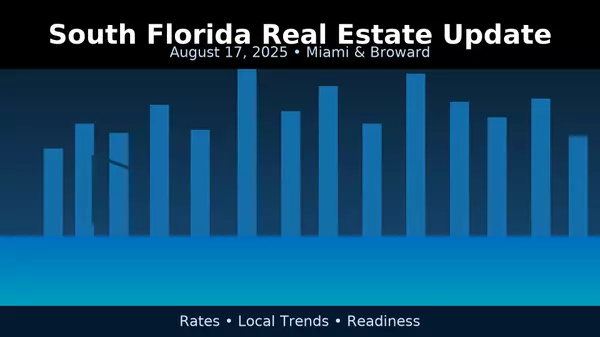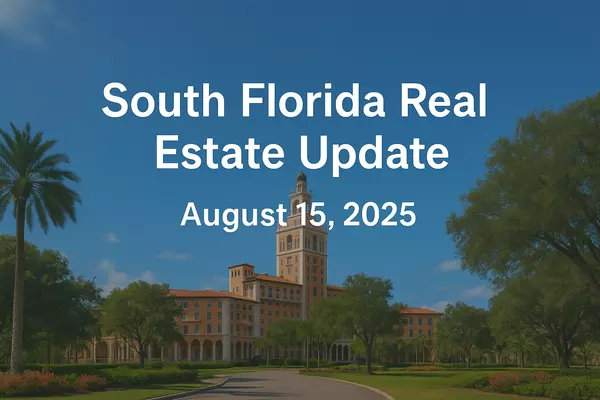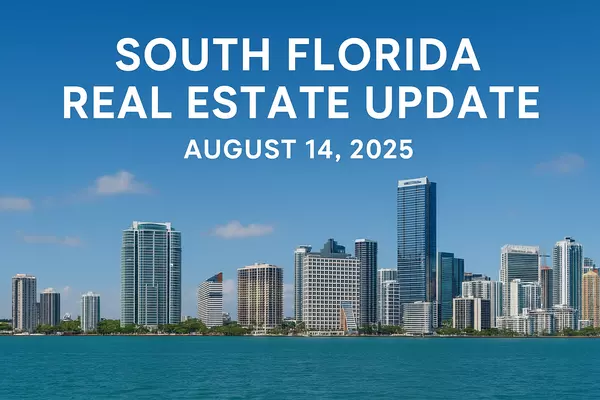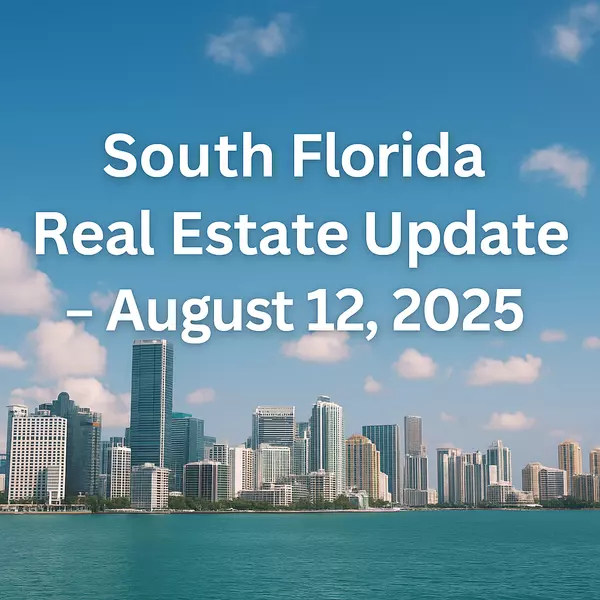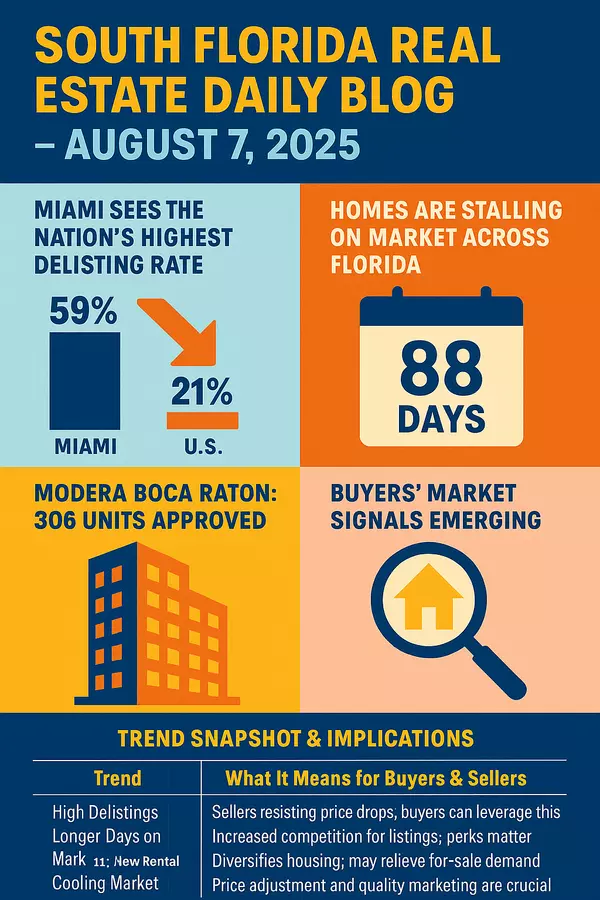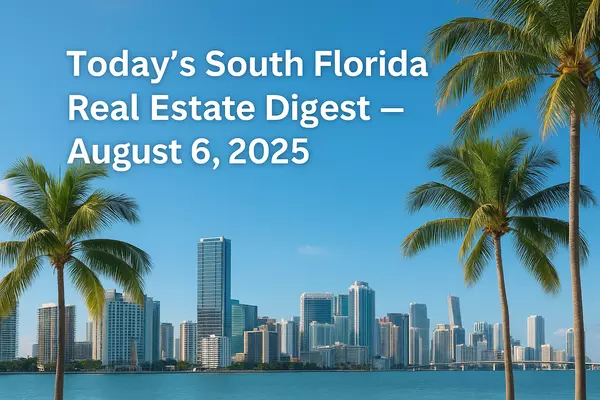
In 2023, South Florida's labor market and real estate dynamics experienced significant shifts, as reported by the US Bureau of Labor Statistics. The Miami-Fort Lauderdale-Port St. Lucie region led the nation in the pace of wage and compensation cost increases among the 15 largest metropolitan areas. This phenomenon has broader implications not just for the local economy but also for the real estate sector. Let's delve into the details and explore the potential ripple effects.
Unprecedented Wage Growth
The statistics are compelling: a 5.5% increase in total employee compensation costs and a 5.1% rise in wages and salaries in South Florida, both outstripping the national averages of 4.1% and 4.3%, respectively. This wage surge is indicative of a tight labor market, where competition for talent pushes compensation higher. South Florida's 6% wage growth stands out, even when compared to other major metropolitan areas like Los Angeles-Long Beach, California (5.5%), and Phoenix-Mesa-Scottsdale, Arizona (5.3%).
Economic Underpinnings
Several factors contribute to this scenario. First, inflation and the high number of job openings nationwide have intensified the competition for labor, naturally leading to higher wages. Second, the robust growth in compensation reflects a healthy economy that is attracting more residents and businesses to the region. This economic vitality is closely linked to the area's appeal, combining vibrant multicultural communities with a dynamic business environment.
Impact on Real Estate
The wage growth in South Florida has significant implications for the local real estate market:
- Increased Purchasing Power: Higher incomes translate into increased purchasing power, allowing more people to enter the housing market. This demand could push home prices up, particularly in sought-after neighborhoods.
- Rental Market Dynamics: The rental market is also likely to feel the impact, as higher disposable incomes enable residents to afford higher rents. This could lead to a spike in rental prices, affecting affordability for some segments of the population.
- Investment Opportunities: For investors, the combination of economic growth and a thriving real estate market presents lucrative opportunities. The potential for continued appreciation in property values and rental incomes may attract further investments in the region.
- Affordability Concerns: While the economic and real estate boom brings numerous benefits, it also raises concerns about affordability and displacement. As property values and rents rise, lower-income residents may find it increasingly difficult to afford living in their communities.
Looking Ahead
The wage and compensation growth in South Florida is a testament to the region's economic resilience and attractiveness. However, it also poses challenges that require careful navigation, particularly in terms of maintaining affordability and inclusivity. As the area continues to grow, stakeholders must balance economic and real estate development with sustainable community-building efforts.
This trend underscores the need for strategic planning and policy-making to harness the economic momentum while ensuring that growth benefits a broad cross-section of residents. The future of South Florida's economy and real estate market looks bright, but it will be shaped by how well the region can manage its growth, address affordability issues, and continue to attract talent and investment.
In conclusion, South Florida's wage surge is not just a marker of economic vitality but also a catalyst for change in the real estate market. As we move forward, the region stands at a crossroads, with the opportunity to model balanced growth that can serve as a blueprint for other metropolitan areas facing similar dynamics.
